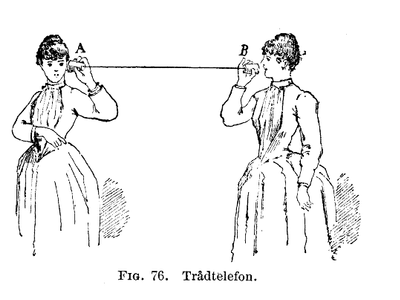Lectures and demonstrations about:
• technology for audio, video and transmission
• spatial aspects
• storytelling in different media
• how humans communicate in mediated environments.
Last planned examination: Spring 2026
Decision to discontinue this course:
The course will be discontinued at the end of spring 2026 according to faculty board decision: J-2024-3116.
Decision date: 2024-12-10
The course was last given in spring 2023. The last opportunity for examination in the course will be given in spring 2026.
Re-examinations will be given in the regular re-examination period. Contact the examiner to be examined on a project (PROA) during the discontinuation period.

Course offerings are missing for current or upcoming semesters.
Please note: all information from the Course syllabus is available on this page in an accessible format.
Course syllabus DM2500 (Autumn 2025–)Lectures and demonstrations about:
• technology for audio, video and transmission
• spatial aspects
• storytelling in different media
• how humans communicate in mediated environments.
The goal with the course is to give understanding for what creates good communication over distances, based on spatial conditions, technology, and communication context, to be able to achieve good teleprecence experiences as complement or alternative to travels.
Single course students: 90 university credits including 45 university credits in Mathematics or Information Technology. English B, or equivalent and Swedish B or equivalent.
Compulsory media courses on the Master of Science program in Media Technology.
Based on recommendation from KTH’s coordinator for disabilities, the examiner will decide how to adapt an examination for students with documented disability.
The examiner may apply another examination format when re-examining individual students.
If the course is discontinued, students may request to be examined during the following two academic years.
The course is mainly project based and demands lots of work outside scheduled hours.
In this course, the EECS code of honor applies, see:
http://www.kth.se/en/eecs/utbildning/hederskodex